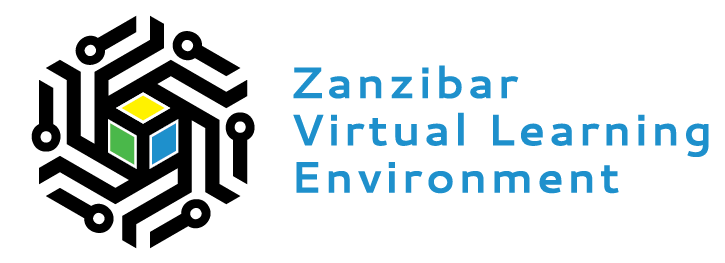Part 1: Commutative property of whole numbers under addition, subtraction, multiplication and division
Part 2: Examples of commutative property of whole numbers under addition and multiplication
Part 3: Common mistakes and misconceptions
Part 1: Distributive property of multiplication over the addition and subtraction of whole numbers
Part 2: Examples of the distributive property of multiplication over the addition and subtraction of whole numbers
Part 3: Common mistakes made and misconceptions
Part 1: Closure property of whole numbers with specific reference to adding, subtracting, multiplying and dividing whole numbers
Part 2: Examples of closure property of whole numbers
Part 3: Common mistakes and misconceptions
Part 1: What whole numbers are and how to express them on the number line
Part 2: How to compare whole numbers and how to find the successor and predecessor
Part 3: Common misconceptions about whole numbers
Video 1: Explores triangular and square numbers.
Video 2: Explores some examples of patterns in whole numbers.
Video 3: Explores some common mistakes which can be made when looking for patterns in whole numbers.
Managing time involves accurately predicting how much time it will take to do a task, and then setting aside that amount of time to complete it. Managing time is much more difficult than it may seem, which is why there are entire courses of study and research on the best approaches. But if you develop a method to undertake each component, you’ll be successful.
The flicker of numbers on a handheld calculator, nerve impulses carrying signals of vision to the brain, an ultrasound device sending a signal to a computer screen, the brain sending a message for a baby to twitch its toes, an electric train pulling into a station, a hydroelectric plant sending energy to metropolitan and rural users—these and many other examples of electricity involve electric current, which is the movement of charge. Humanity has harnessed electricity, the basis of this technology, to improve our quality of life.
Electric charge comes in two varieties, which we call positive and negative. Like charges repel each other, and unlike charges attract each other. Thus, two positive charges repel each other, as do two negative charges. A positive charge and a negative charge attract each other.
How do we know there are two types of electric charge? When various materials are rubbed together in controlled ways, certain combinations of materials always result in a net charge of one type on one material and a net charge of the opposite type on the other material. By convention, we call one type of charge positive and the other type negative.
In this chapter, we’ll use vectors to expand our understanding of forces and motion into two dimensions. Most real-world physics problems (such as with the game of pool pictured here) are, after all, either two- or three-dimensional problems and physics is most useful when applied to real physical scenarios. We start by learning the practical skills of graphically adding and subtracting vectors (by using drawings) and analytically (with math). Once we’re able to work with two-dimensional vectors, we apply these skills to problems of projectile motion, inclined planes, and harmonic motion.
The force that acts across the air gaps between magnets is the same force that creates wonders such as the Aurora Borealis. In fact, magnetic effects pervade our lives in myriad ways, from electric motors to medical imaging and computer memory. In this chapter, we introduce magnets and learn how they work and how magnetic fields and electric currents interact.


